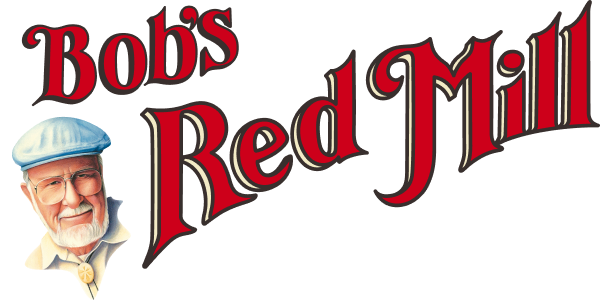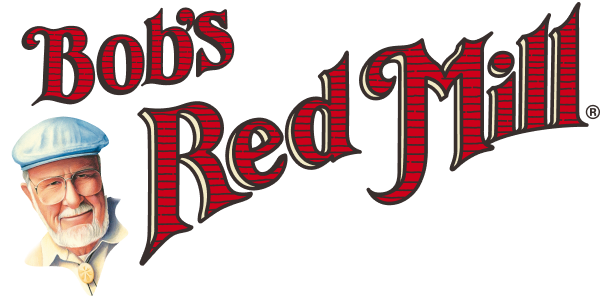


 Wondering what the differences are between almond meal and almond flour. You're not alone. Because the two flours sound the same and can be used interchangeably, they're often confused for one another. The truth is, while the flours are very similar, they do have slight differences. While almond meal is commonly made from whole, raw almonds, almond flour is made from blanched (peeled) almonds. This being so, almond flour often has a more delicate texture and lighter color. In comparison, almond meal has a more grainy texture and brown specks and spots throughout.
Though almond meal and flour can be used in the same recipes, most bakers prefer almond flour for recipes where a more cake-like consistency is desired. The less prominent almond flavor and fine grain of almond flour allow it to create baked foods with a light and fluffy texture, neutral flavor and uniform color.
You can see an example of where almond flour was used to create something a bit more grainy like these Five Ingredient Almond Chicken Tenders, and how almond flour can be used to create something light and fluffy like this Orange Almond Flour Cake.
Wondering what the differences are between almond meal and almond flour. You're not alone. Because the two flours sound the same and can be used interchangeably, they're often confused for one another. The truth is, while the flours are very similar, they do have slight differences. While almond meal is commonly made from whole, raw almonds, almond flour is made from blanched (peeled) almonds. This being so, almond flour often has a more delicate texture and lighter color. In comparison, almond meal has a more grainy texture and brown specks and spots throughout.
Though almond meal and flour can be used in the same recipes, most bakers prefer almond flour for recipes where a more cake-like consistency is desired. The less prominent almond flavor and fine grain of almond flour allow it to create baked foods with a light and fluffy texture, neutral flavor and uniform color.
You can see an example of where almond flour was used to create something a bit more grainy like these Five Ingredient Almond Chicken Tenders, and how almond flour can be used to create something light and fluffy like this Orange Almond Flour Cake.
 Now that you've made a delicious almond meal, it's time to use it. Keep scrolling to discover tasty and unique ways that you can begin using your almond meal today.
Now that you've made a delicious almond meal, it's time to use it. Keep scrolling to discover tasty and unique ways that you can begin using your almond meal today.
 Not a fan of peanut butter? No problem. By blending it just a bit longer, you can turn almond meal into almond butter quickly. Use it as a spread on your morning toast, add it to a bowl of oatmeal, or drop a dollop into a smoothie recipe.
Not a fan of peanut butter? No problem. By blending it just a bit longer, you can turn almond meal into almond butter quickly. Use it as a spread on your morning toast, add it to a bowl of oatmeal, or drop a dollop into a smoothie recipe.
 A dessert recipe that doubles as a sweet breakfast, these Apricot Almond Muffins are an excellent way to start your day. Made from almond meal, dried apricots and orange zest, they're entirely grain-free, making them ideal for people who have a gluten intolerance or wheat allergy. Enjoy them fresh out of the oven, or slice them and spread a bit of jam on top. We're confident that this is one recipe you'll want to make again and again.
A dessert recipe that doubles as a sweet breakfast, these Apricot Almond Muffins are an excellent way to start your day. Made from almond meal, dried apricots and orange zest, they're entirely grain-free, making them ideal for people who have a gluten intolerance or wheat allergy. Enjoy them fresh out of the oven, or slice them and spread a bit of jam on top. We're confident that this is one recipe you'll want to make again and again.